
OR
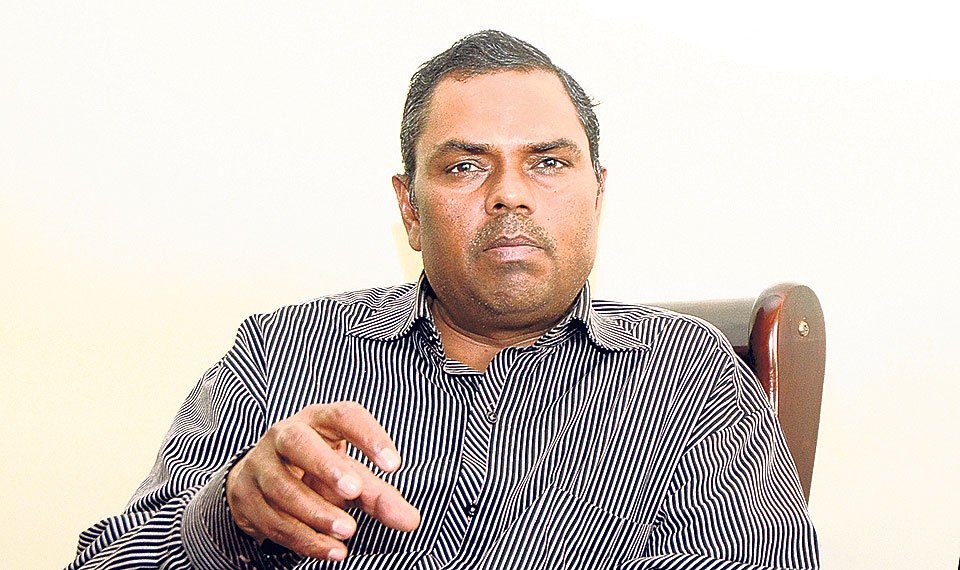
Withdrawal of support by SPN from the federal government is not likely to end in fiasco. It has created an environment of polarization of politics between the communist and democratic forces
The resignation of Upendra Yadav from the post of Deputy Prime Minister and Minister of Law on the ground that the federal government did not address the demands of Madheshi, Janajati and other disadvantaged groups by amending the constitution has created a ripple in Nepali politics. With this development, the Samajbadi Party Nepal (SPN), of which Yadav is the chairman, has given a jolt to the ruling Nepal Communist Party (NCP), which no longer has the two-thirds majority in the House of Representatives. As a result, the government will face difficulty to pass any bill that requires the support of the two-thirds majority in the parliament. On top of this, the government of KP Oli will now have to table a motion for the vote of confidence in the parliament within a month as per the letter and spirit of Article 100 (2) of the constitution. This could be embarrassing for the government.
However, Prime Minister Oli under the present situation does not need to worry about the fate of his government as the NCP commands a comfortable majority with 174 seats in the 275-member House of Representatives. Besides, it is likely that another Madhesh-based Rastriya Janata Party Nepal (RJPN), which has 16 seats in the House of Representatives, might give support to the NCP in the parliament in case its cadres, including lawmaker Resham Chaudhary, is freed and assurance is given for the amendment of the constitution as a face-saving measure. If that happens, the loss to the ruling NCP due to the withdrawal of support by the SPN, which has 17 seats in the parliament, will be duly compensated by the RJPN. Recently, the NCP and RJPN have come closer as they have forged alliance in the forthcoming National Assembly elections.
Prospect of merger
Nevertheless, it might be a matter of concern for the Oli government if the RJPN and the SPN are merged. One of the conditions of the merger between the two parties was that Upendra Yadav and other ministers quit the government. Even a section of SPN led by Baburam Bhattarai was pressuring Yadav to quit the government. Now that the SPN is outside the government, the possibility of a merger between the two parties cannot be ruled out, though there are many hiccups. If at all the two parties get merged, the strength of the Madhesh-based force will magnify. This will pose a challenge to the Oli government as the demand for constitution amendment will intensify. To keep the RJPN and SPN at loggerheads, the NCP needs to woo the RJPN by whatever means within its reach.
At this time, the RJPN has become crucial in Nepali politics, though it has also lost its face even among the Madheshi people over the years. In fact, the NCP needs the support of the RJPN more than it is other way round.
Without the RJPN’s active support, it might be difficult for the NCP to construct Nijgadh International Airport that is envisioned to connect this place in Province 2 with Kathmandu through the fast-track road that is under construction. For the construction of Nijgadh airport, what is most essential is to deplete large track of forest land at the cost of environment. This airport has also strategic importance. Since the forest and its resources are under the jurisdiction of the provincial government, the NCP might use and misuse the RJPN to serve its purpose. For this, the RJPN might be given ministerial berths in the federal government. Additionally, the NCP could also allure the RJPN to form government in Province 2 by dislodging the SPN-led government.
In his interview, Upendra Yadav has stated that it would be suicidal for the RJPN to join NCP government. Instead, he wanted RJPN’s merger with SPN. It is up to the RJPN leaders to decide if they should merge with the SPN or move ahead to grab the cherished goal of sharing power with the NCP both in the federal government as well as in Province 2.
Significantly though, one thing is clear that the RJPN will further lose its credibility among its supporters in the Tarai region almost in the same way as the SPN has lost its image after joining the federal government. Prospects are that by the coming of the next elections in 2022, the RJPN will stand nowhere. Already, the ministers and Provincial Assembly members of the RJPN together with those who are in municipalities and rural municipalities in Province 2 have lost their face for their indulgence in corruption. This does not mean that the image of other political parties, including the SPN, NCP or even Nepali Congress (NC), in Province 2 is better at the provincial and the municipal levels.
Temptation of power
Temptations for the power are very strong at least in the short run. In view of this reality, it might be difficult for the RJPN to desist from joining the NCP government at the federal level and also in Province 2. But any such power deal is most likely to benefit the NCP and not RJPN.
In the meantime, the possibility of a democratic alliance among RJPN, SPN, NC and other fringe parties is also growing. Considering the poor performance of the NCP government in the last two years, people are getting frustrated. Upendra Yadav has also given hints that his party would go to the public with the issue of amendment of the constitution by developing a working alliance with political parties that have a common interest.
It, thus, seems that the withdrawal of support by the SPN from the federal government is not likely to end in fiasco. It has, rather, created an environment of polarization of politics between the communist and democratic forces. For the success of federalism in Nepal, what is more important is that the democratic forces, including RJPN and SPN, should come together either through a merger or by forming an alliance with the NC and other such forces to play the role of constructive opposition.
The author is Executive Director of Centre for Economic and Technical Studies in Kathmandu
Email: dr.hbjha@gmail.com
You May Like This
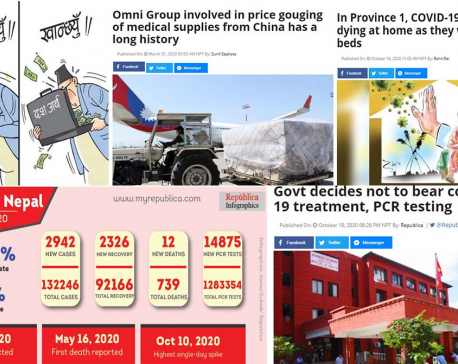
As Oli government limits its role to counting deaths during the greatest public health crisis, people are dying at an alarming rate
Experts say the government has decided to shred the constitution ... Read More...
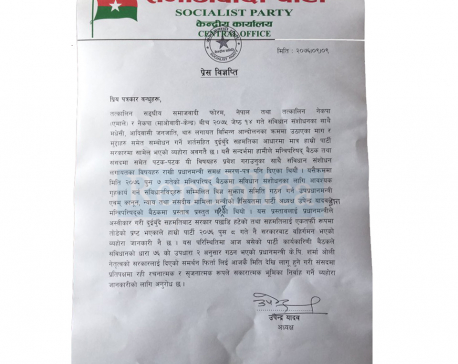
SPN withdraws support to government
KATHMANDU, Dec 25: The Samajbadi Party Nepal (SPN) has withdrawn its support to the Oli-led government on Wednesday. ... Read More...
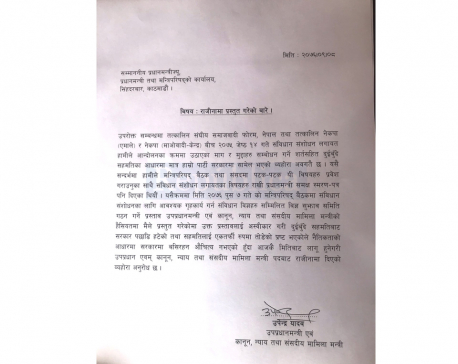
Samajbadi Party Nepal quits government over constitution amendment row
KATHMANDU, Dec 24: Samajbadi Party Nepal, a key coalition partner of the Oli-led government has quit the government on Tuesday. Read More...







Just In
- Karnali: Maoist Center’s Pariyar appointed as minister without portfolio
- Illam by-election: Nepal-India border to be 'sealed' from midnight today
- Gold price rises by Rs 500 per tola
- Emir of Qatar returns home after wrapping up state visit to Nepal
- Senate passes bill forcing TikTok’s parent company to sell or face ban, sends to Biden for signature
- PM Dahal hosts luncheon in honor of Qatari Emir
- Tata Sumo accident in Kavre leaves 10 injured, three in critical condition
- West Indies ‘A’ cricket team arrives in Nepal



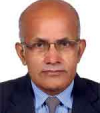
_20240423174443.jpg)




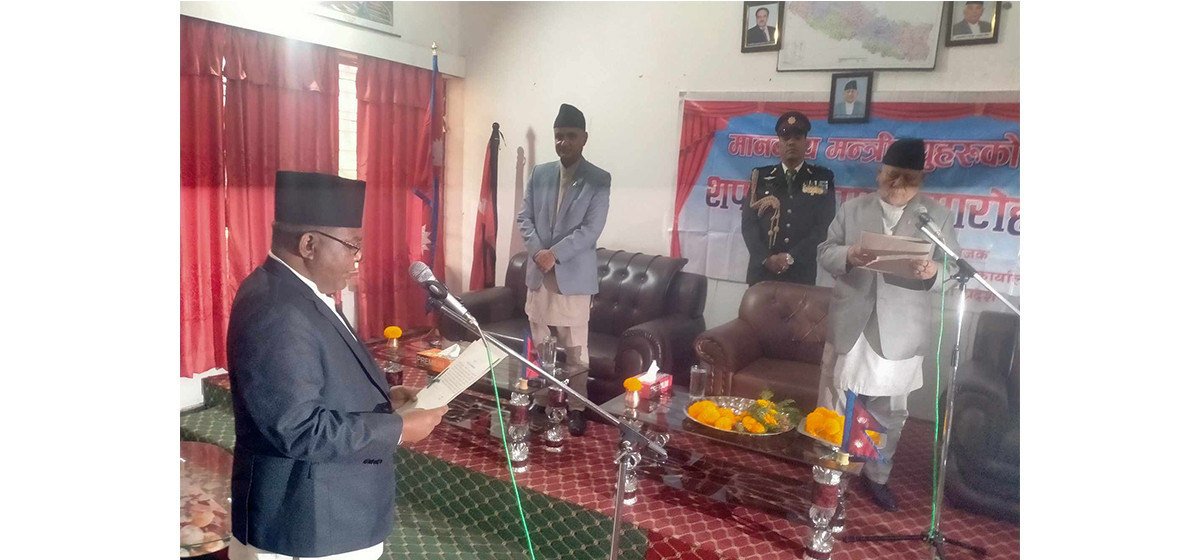



Leave A Comment